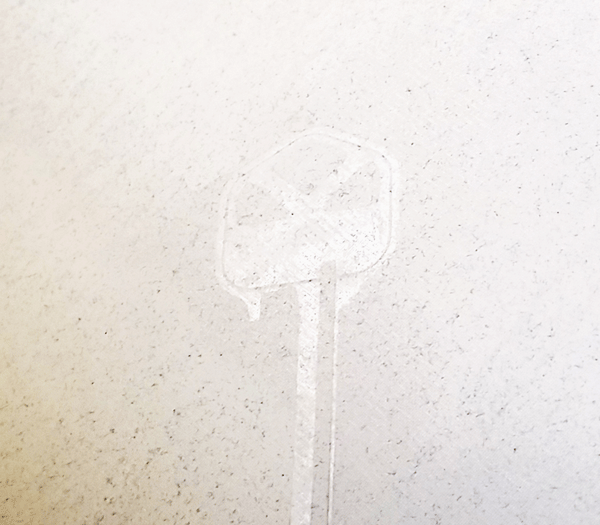More Than Meets the Eye
June 16, 2016

Ever wonder if there's a way of distinguishing your printed garments from someone else's? Kieth Stevens has experimented with several methods in the past and shared them in a recent article published in Impressions:
There are a few ways to create a security mark — something that isn’t obvious to the naked eye but can be pointed out or revealed when an authentication is required — on a screen-printed garment or image.
One method is to use clear ink that contains an invisible optical brightener (that “secret stuff” that makes your white shirt glow in nightclubs). These brightening agents make your whites whiter (now I sound like a detergent commercial). When printed on a garment, a clear optical brightener added to a base will only show when exposed to a black light. You can hide a company logo, or a secret code that identifies the garment or print, without revealing the mark to the general public. (Pretty cool, huh?)

Another option is to use a flattening screen after flashing a white underbase, making an impression to emboss or brand the ink and create a subtle image, something that almost no one would notice unless they were looking for it. This technique also could be used on purpose in a design for a standout detail. Place a thin object or logo stamp — such as a coin, key or other textured item — onto the white print immediately after flashing the white underbase. Then, use the flattening screen to emboss a subtle pattern from the object directly into the gelled ink. The pattern will still be visible after colors are printed on top of the underbase. For a more permanent placement of the mark, glue the object onto the back of the flattening screen.
To combine these methods, print a white under base using white ink that does not have optical brighteners. Then, print a pattern on top of this base using a different white, one containing optical brighteners (you also can reverse the order of the whites, printing the first one with optical brighteners then a second without). The resulting image should not be noticeable with the naked eye, but under a black light, the complete image should appear.
Kieth Stevens is the Western regional sales manager for International Coatings. He has been teaching screen printing for more than 10 years and is a regular contributor to International Coatings’ blogs.
International Coatings manufactures a complete line of non-phthalate screen printing inks, including a wide variety of whites, specialty inks, special effects inks, color matching systems, additives and reducers. For more information on our products, please visit our website at www.iccink.com.


